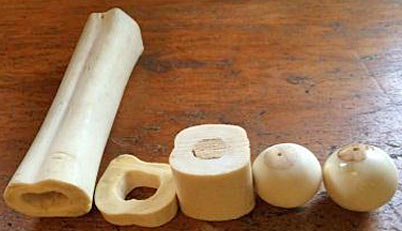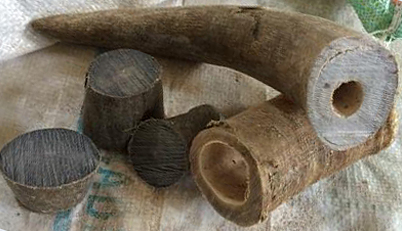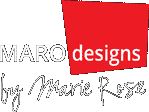Production
Production – How to work with Bone and Horn
Every step needs a hand! Still, at the workshop tools are used like an electrical band saw for cutting, bench grinders for shaping, sandpapering and polishing, electrical drill. To obtain the right shape, sharp eyes and rhythm and feeling in the hand are necessary ! Its an Art! With time, the workshop staff developed special tools to suit their needs.
To create a beautiful and sustainable shiny surface, polishing paste is used, like for silver or gold, no varnish.
Cow Bone

Every bone has to be cleaned immediately, cut into pieces, shaped and sandpapered several times. Finally, all items are polished. The big bone beads are filled with wood, carved into size by hand, to obtain a hole small enough to string beads for a necklace.
- white bone remains natural, white/cream coloured
- brown/black means, the bone is dyed with potassium, a natural dye
- batik means, wax is drawn on the white bone, dyed, wax removed leaving a lifely white pattern on brown/black
- grey means, bone is dyed strongly , a thin layer of the dark surface sandpapered off carefully. The result: grey colour showing the structure of the bone.

Cow Horn

Every horn will be cut into pieces according to the final size of the product, then shaped and sandpapered different times. The color remains natural, from black over grey and whitish patterns as well as all shades of brown and beige.
- polished horn has to be sandpapered very fine to shine after polishing
- matt horn sometimes gets slightly rough sandpapering as finish, to remain smooth but not shining. After wearing, it will feed on the fat of the skin, turning stronger/darker in colouring.
- big flat horn pieces are obtained through heating and flattening the lower and thinner part of the horn. Rectangle, triangle and odd shapes (trapezoid) were cut out in a shaping process and worked on like all other horn pieces, creating brooches, earrings and pendants

